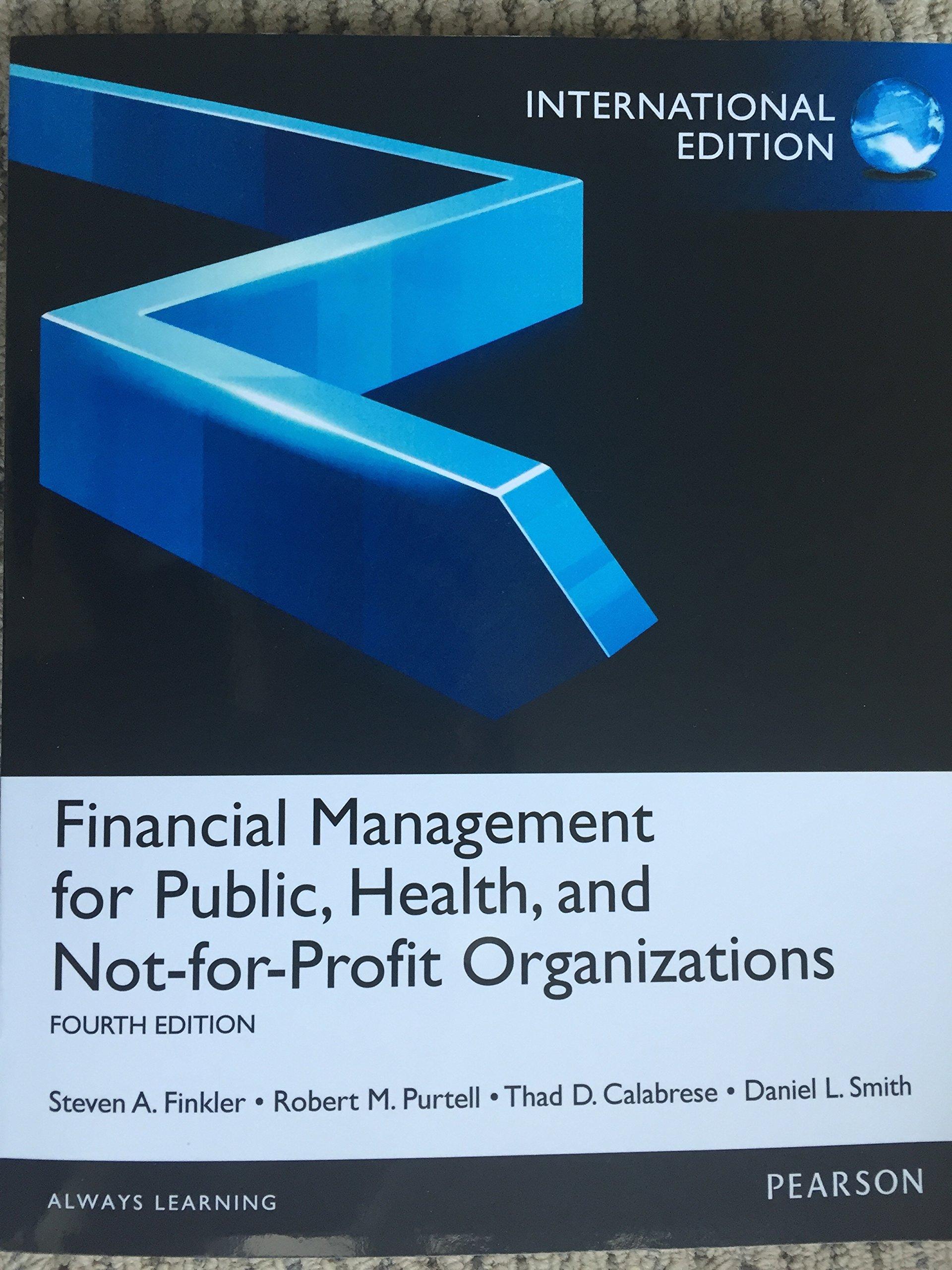Question
Island Economy essentially consists of three different types of firms, A, B, and C. These firms regularly raise cash in the economys public equity market
Island Economy essentially consists of three different types of firms, A, B, and C. These firms regularly raise cash in the economys public equity market via an initial public offering. As such, retail investors are very active in purchasing shares of the three types of firms. The fundamental value of the three firms is $50 for firm A, $100 for firm B, and $20 for firm B. Retail shareholders always bid for 10m shares. In each IPO, a firm offers 10m shares to the public. Unfortunately, whenever a firm offers shares in an IPO, retail investors do not know which firm type they face. Retail investors only know that the probability of the IPO firm being of type A is 40%, type B is 20%, and type C is 40%.
1. What price would retail investors offer for the shares each time a firm attempt to raise cash via an IPO?
2. Given the offer price from 1., what expected gain/loss do retail investors generate by participating in IPOs?
Now assume there are institutional investors in the economy that know exactly which firm type they face for each IPO. These investors will only bid for shares when the value is larger than the price. If they decide to bid for shares, they will bid for 10m shares. If the IPO is oversubscribed, shares are allocated on a pro-rate bases.
3. What is the expected gain/loss of nave retail investors in the presence of institutional investors? Nave retail investors do not consider the presence of other investors in their decision making.
4. What is the expected gain/loss of institutional investors?
5. At what price will rational retail investors be willing to participate in the IPO? Assume that at the end of the first day of trading, prices converge to their true fundamental value.
6. How large is the underpricing for shares issued by firms of type A, B, and C?
7. How large is the average underpricing in the market?
8. How much money is left on the table by firms of type A, B, and C?
9. Assume institutional investors bid for 20m shares instead of 10m shares. What is the average underpricing in the market?
10. Assume now that retail investors bid for 20m shares (when institutional investors bid for 10m shares). What is the average underpricing in the market?
Step by Step Solution
There are 3 Steps involved in it
Step: 1

Get Instant Access to Expert-Tailored Solutions
See step-by-step solutions with expert insights and AI powered tools for academic success
Step: 2

Step: 3

Ace Your Homework with AI
Get the answers you need in no time with our AI-driven, step-by-step assistance
Get Started


